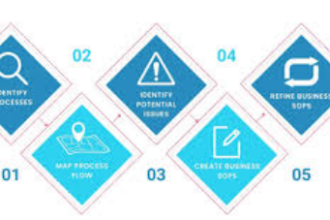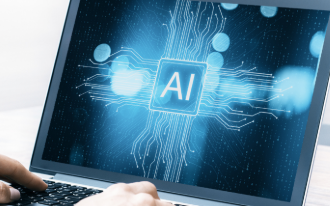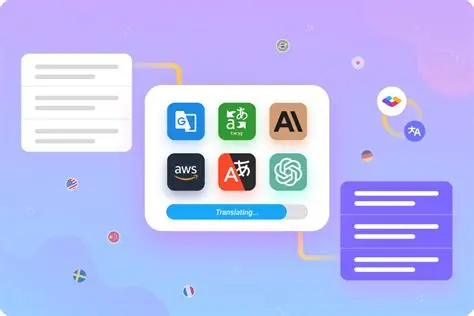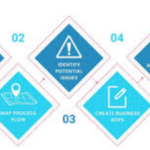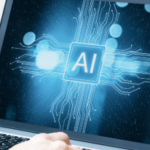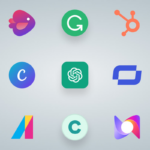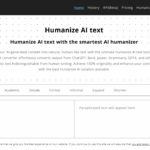In this article i will cover the Best AI for Language Translation 2025 . The rapid progress in Artificial Intelligence has enabled modern translation tools to provide fast, contextually accurate, and error-free translation to and from multiple languages.
These AI tools have revolutionized global connections through seamless, dependable, and efficient multilingual communication for business interactions, travel, and content localization.
What Is AI for Language Translation?
AI for language translation employs artificial intelligence (AI), machine learning, and natural language processing (NLP) to autonomously transform vocal and written communication from and to different languages.
While older translation techniques required painstaking manual intervention, AI translation understands much more nuance, embracing context, grammar, and idiomatic use, to deliver more natural and accurate results.
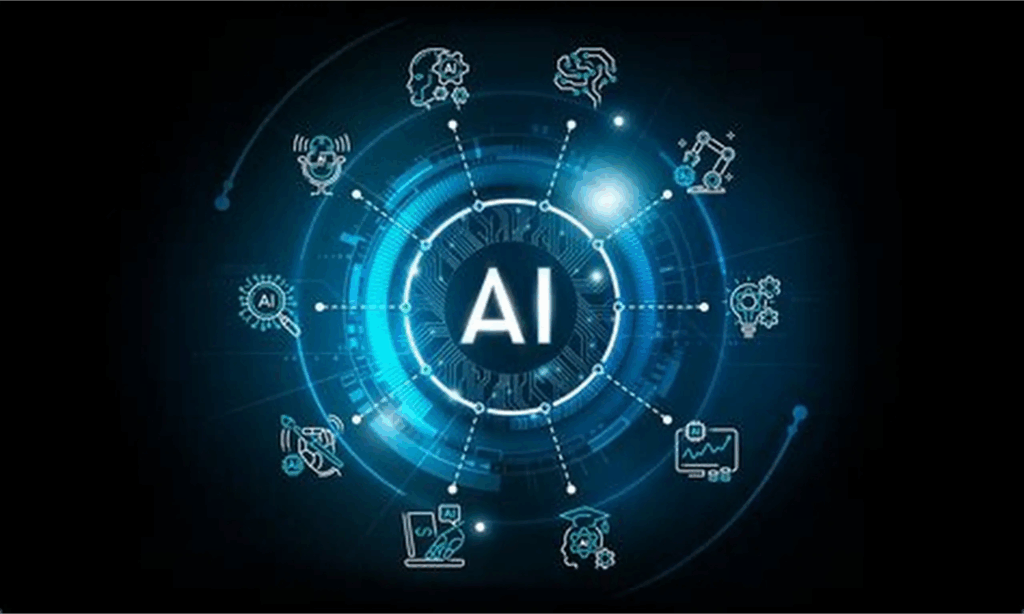
It supports real-time translation for multiple languages, which makes it invaluable for global communication, business, travel, education, and content localization.
Continuous learning from vast multilingual data helps to improve AI translation, dismantling global language barriers and providing instant and more dependable communication across digital platforms and devices.
Top 4 AI Language Translation Tools in 2025
1. Google Translate AI
Google Translate is one of the best translation apps available with real time translation and high integration with the rest of Google products.
It is also one of the most versitle apps and translates more than 130 languages including text, voice, images, and even intercoms!
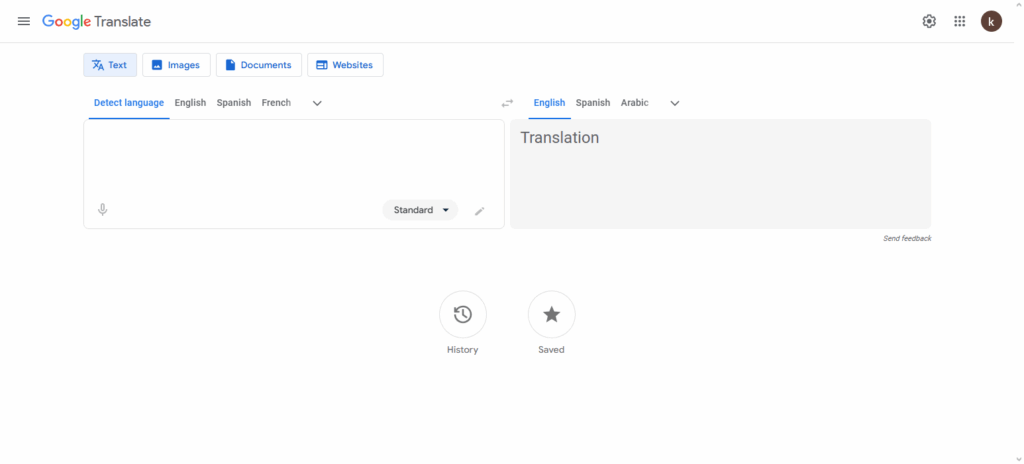
The rest of the translation apps do basic word for word translations, this one learns context using advanced neural machine translation to improve the accuracy and “naturalness” of its translations.
It allows you to integrate with Google Docs, Chrome and other mobile applications which provides even more ease of use. With its combination of integration, speed, and accuracy, Google Translate is the leader of AI language translation.
2. DeepL AI
DeepL AI is an outstanding AI Language translator tool because of its accuracy and fluency like a human. Unlike most translation platforms,DeepL captures nuance,tone and context making the translation natural and not robotic.
It captures its breath of languages on offer and continuously improves with effective machine learning,DeepL adjusts itself to complex sentence structures,idioms and other forms of speech.
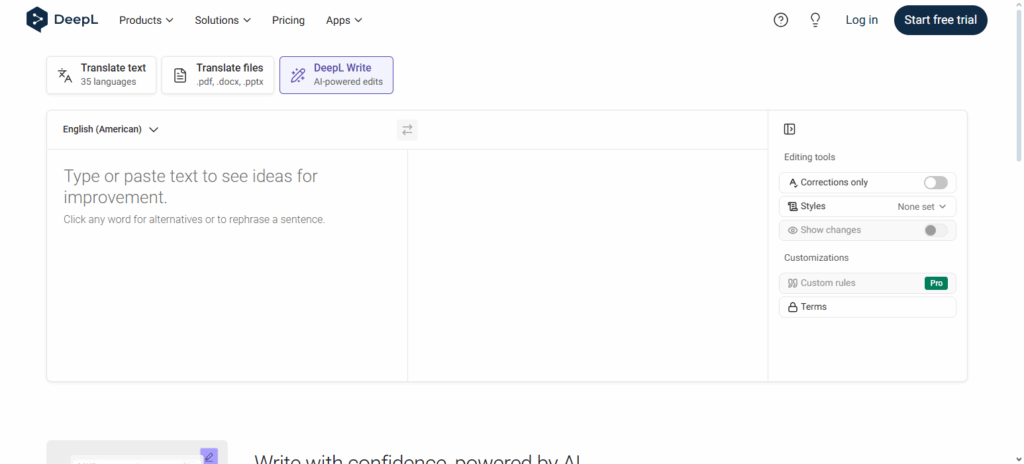
In addition to this,DeepL integrates flawlessly with other professional applications like Microsoft Office,Chrome or Edge, making its seamless integration and authoritative control great for businesses and writers.
DeepL AI is one of the greatest AI language translators because of its precision to context with frictionless integration and accuracy on the primary languages offered.
3. Microsoft Translator
Microsoft Translator is one of the top products in the AI language translation sector due to its real-time translation across multiple devices and its enterprise-level integration.
It translates more than 100 languages, aiding in the translation of text, speech, images, and even real-time conversations across devices. This ensures smooth communication both at the personal and corporate levels.
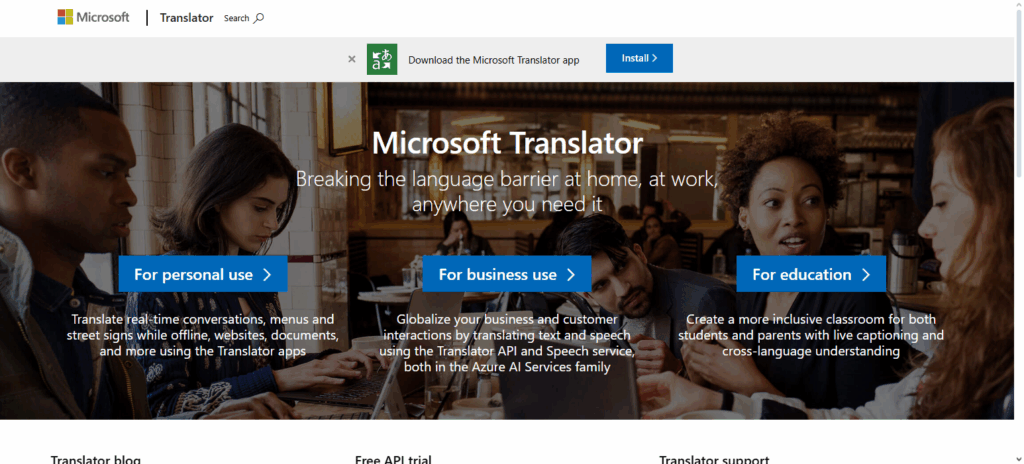
Its seamless integration with Microsoft Teams, Office, and Azure products sets Microsoft Translator apart from the competition. It helps businesses optimize the effectiveness of multilingual teamwork with ease.
Its AI-driven contextual understanding ensures tones and meanings are preserved, even across complex translations in a professional environment. Microsoft Translator is exceptionally reliable and accessible, making it one of the best options available for effective and accurate, language translation services.
4. Amazon Translate
Amason Translate remains a top AI language translation tool owing to its versatility, cloud capabilities, and smooth assimilation with other AWS services embrace. It serves developer and busines users.
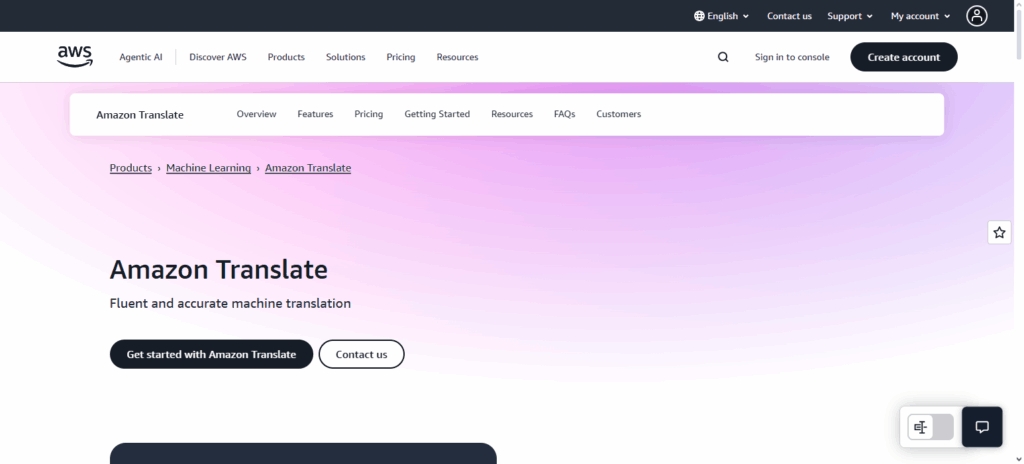
It translates texts and documents in real time with minimal inaccuracies across a myriad of languages. Competitiors fail to offer real time translations. Handles content at scale in real time and integrates with additional AWS services.
This Includes the S3 and Lambda which enable automatic in deprived languag521378 full workflow. It supports neural automatic translations and adjusted the machine to contextual and industry-specific terms which works well with ecommerce, global use and content localizations. It delivers in terms of speed, reliability, and integration.
How AI Language Translation Works
Neural Machine Translation (NMT): A deep learning model estimates the best translation through the analysis of whole sentences instead of individual words.
Natural Language Processing (NLP): AI ought to work on the grammar of sentences, understand their context, and know idioms and other languages structures for translations closer to speech.
Contextual Understanding: the tone, context and deep meaning of language and the cultural elements surrounding the the speech.
Continuous Learning: AI learns more over time from multilingual databases and even from the corrections made by users.
Integration & Real-Time Processing: connecting the dots and allowing the translation of texts, voices, and images instantly on different apps and platforms.
Key Features to Look for in AI Translation Tools
Accuracy and contextual understanding
Translation should be as natural and grammatically correct as possible while retaining the original wording accurately.
Support for multiple languages
Should be able to translate to and from a wide variety of languages, including regional and underrepresented languages.
Real-time translation
Should be able to translate text and speech instantly, as well as in real time when conversing, which is vital in many business scenarios.
Integration with other software
Should be able to work seamlessly with other applications like Microsoft Office, Google Workspace, and other business tools, as well as with specific apps and browsers.
Ease of use
Should not use complicated designs and interfaces that make it hard for people who do not understand technology to be able to use it.
Protection of confidentiality
Should guarantee confidentiality of sensitive information that is being translated, especially for businesses and personal documents.
Enhanced user customizability
Should allow users to change the translation to fit certain industry-specific jargons, tones, and other requirements.
Use Cases of AI Language Translation
Business Communication – Allows seamless multilingual interaction for team collaboration, client engagement, and global negotiations.
Content Localization – Translates websites, software, marketing copies and e-learning aids for effective use by varied target audiences.
Travel and Tourism – Enables comprehension of signs, menus, and conversational speech by travelers through instant speech translation.
Education and Learning – Helps students and teachers easily obtain learning materials in foreign languages for research and cross-cultural studies.
Customer Support – Instantly address client inquiries with automated responses through multilingual chatbots, improving overall experience.
Healthcare – Aids physicians in diagnosing and treating patients by removing language barriers through interpreter services.
Pros and Cons of Using AI for Language Translation
| Pros | Cons |
|---|---|
| Fast and Real-Time Translation: Instantly translates text, speech, and images. | Context Errors: May misinterpret idioms, humor, or cultural nuances. |
| Cost-Effective: Reduces the need for professional human translators for everyday tasks. | Limited Creativity: Struggles with tone, style, or creative writing. |
| Multilingual Support: Supports numerous languages, including less common ones. | Dependence on Internet/Software: Cloud-based AI may require stable connectivity. |
| Integration with Tools: Works with apps, browsers, and business platforms for smooth workflow. | Privacy Concerns: Sensitive data may be exposed if not properly secured. |
| Continuous Improvement: Learns from data to improve translation accuracy over time. | Not Perfect for Specialized Fields: Industry-specific jargon may require manual review. |
Conclusion
As of 2025, Google Translate AI is the best AI language translation tools because of unmatched accuracy, speed, and contextual translation AI capabilities in overcoming global language barriers.
Google Translate AI is unmatched in multilingual real-time translation, DeepL AI writes almost human as business needs and personal requests dictate, Microsoft Translator works as a plug-in for business systems, and Amazon Translate is an enterprise-grade solution for the cloud.
Google Translate AI is the best choice for personal needs, workplace correspondence, or content localization. In comparison for 2025, most of these AI tools increase speed and reduce the complexity of multilingual conversations as international communicating becomes the norm.
FAQ
Which AI tool supports the most languages?
Google Translate AI supports over 130 languages, making it the most versatile for global communication.
Can AI translation replace human translators completely?
While AI is fast and efficient, human translators are still needed for creative content, cultural nuances, and highly specialized fields.
Do AI translation tools work offline?
Some tools, like Microsoft Translator and Google Translate, offer limited offline translation features, though online access provides the best accuracy.


